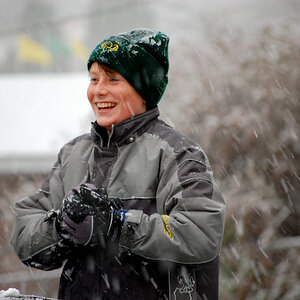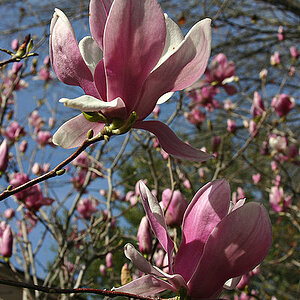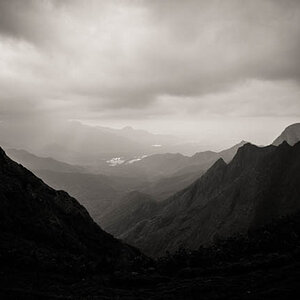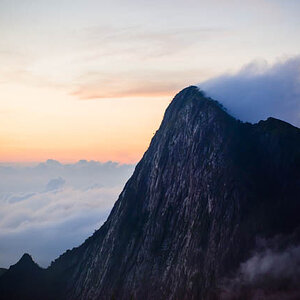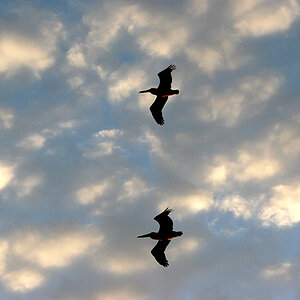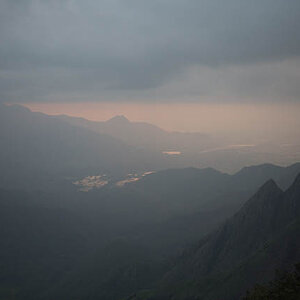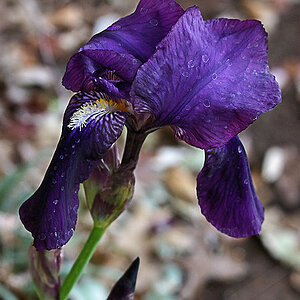MarcusM
TPF Noob!
- Joined
- Sep 12, 2007
- Messages
- 1,236
- Reaction score
- 0
- Location
- St. Paul, MN, USA
- Can others edit my Photos
- Photos OK to edit
I saw the first shot and wanted to play with it since it says your photos are ok to edit. Here's what I came up with:
ORIGINAL

EDITED

Here's what I did:
1. Levels: dropped down the mid tones a bit.
2. Curves: took out some blue; there appeared to be too much
3. Brightness/Contrast: bumped up the contrast a bit
4. Hue/Saturation: bumped up the saturation a bit
ORIGINAL

EDITED

Here's what I did:
1. Levels: dropped down the mid tones a bit.
2. Curves: took out some blue; there appeared to be too much
3. Brightness/Contrast: bumped up the contrast a bit
4. Hue/Saturation: bumped up the saturation a bit





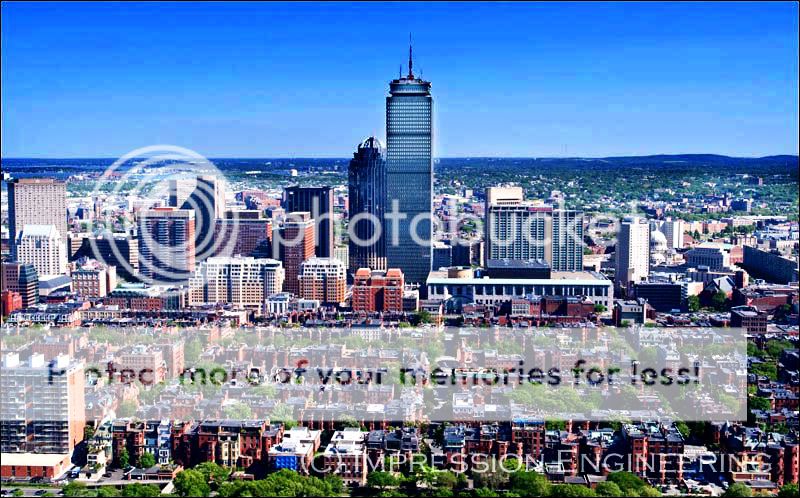





![[No title]](/data/xfmg/thumbnail/38/38737-350089c7ae87f5c983c5362b9b78b671.jpg?1619738703)
